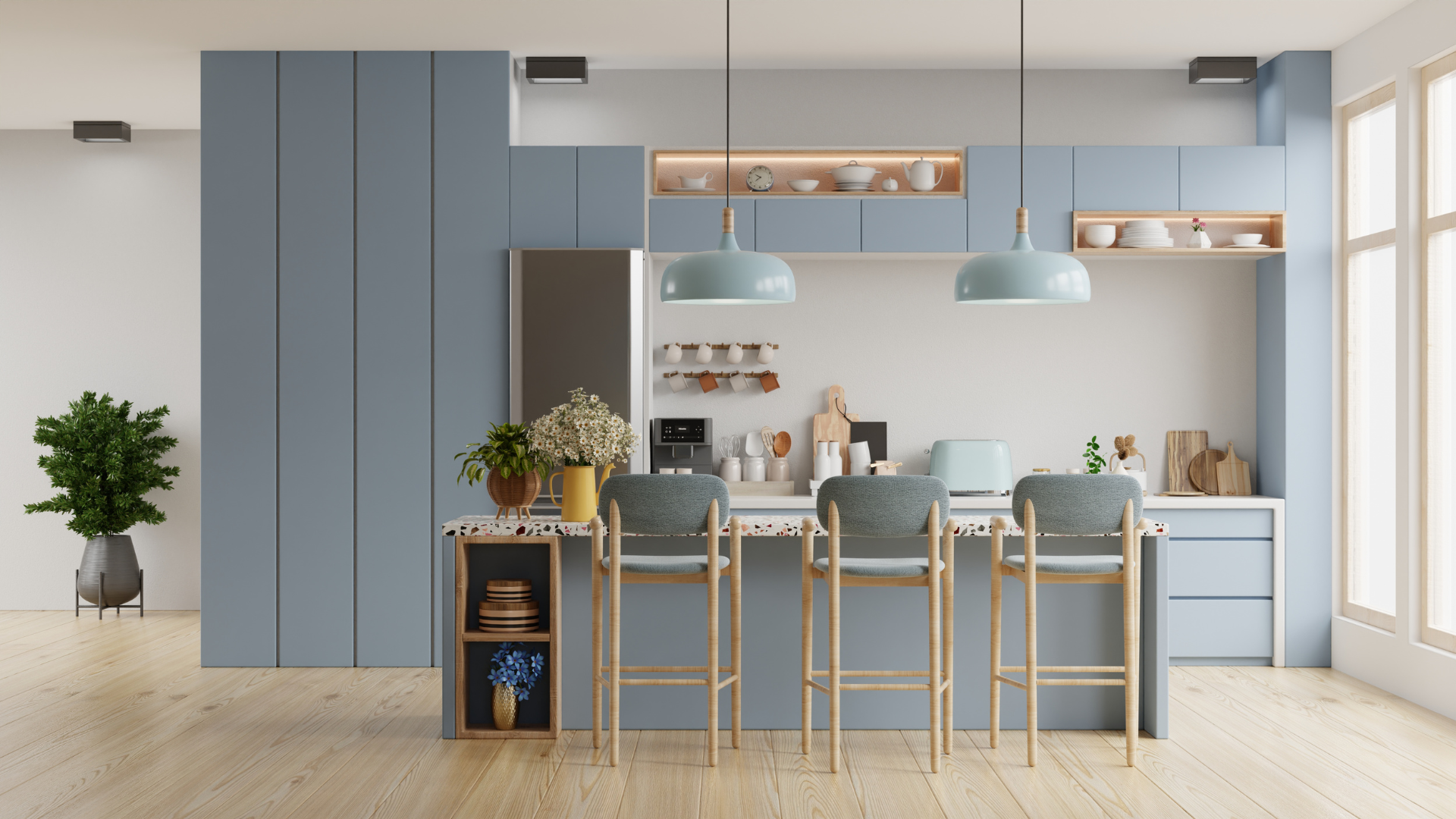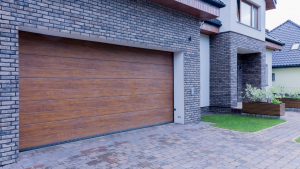Are you thinking about redoing your kitchen? If yes, then you’ve realized that your current kitchen isn’t working for you, and it’s time to do something about it. Whether you’re renovating an old one or building a new one from scratch, there are a few things that you should remember when planning your layout. Remodeling allows you to turn your vision into reality and address any pain points you’ve encountered in your current kitchen.
When considering remodeling, remember that this is an opportunity to rethink the entire space. Perhaps you’ve always wanted to integrate an island for more workspace or create an open-concept layout for better flow between the kitchen and adjoining areas. You might also want to take the chance to explore new possibilities for your cabinets or countertops, experimenting with different materials, styles, and storage solutions from Sterling Kitchen & Bath or similar companies. We’ve put together six of our most popular kitchen design tips to help get you started!
1. Think Functional First
When designing your kitchen, think about what functions the space will serve. What is the main purpose of the kitchen? Is it a place to cook food, entertain guests, or both? Once you know the purpose of the kitchen, design around that.
The layout of your kitchen should also be based on what functions it will serve. For instance, if you want to cook meals for your family and friends, you’ll want a large cooking area with plenty of counter space. If you only cook for yourself, however, a smaller area with fewer counters may be more efficient.
When it comes to designing various rooms in your home, functional considerations are crucial, whether it’s bathrooms or bedrooms. Implementing this approach in kitchen design leads to the development of a practical and inviting area that addresses all your needs. Luckily, Kitchens by Manor Design often epitomizes these qualities. Hence, seeking the assistance of such experts from this firm or similar companies can greatly enhance your pursuit of this goal.
2. Use Natural Lighting and Color Scheme
One of the most important factors when designing any room is natural lighting. When light shines into space from outside sources, such as windows or skylights, it creates an inviting and relaxed atmosphere. In kitchens specifically, use light fixtures that move along with the sun instead of staying stationary like regular lights do. This will add movement and life to the space while still providing adequate lighting.
Another key factor when designing any room is using a color scheme. When choosing colors for your kitchen, think about what will best match the rest of your home. A color that is too bold or bright may clash with other elements in your home, so it’s crucial to choose a color scheme that works together harmoniously.
3. Keep the Space Clean and Functional
One of the most important factors when designing any room is keeping it clean and functional. Not only will this make the space more inviting, but it will also help you stay organized and efficient. By keeping clutter to a minimum, you’ll be able to quickly find what you’re looking for when cooking or baking. And last but not least, make sure all appliances are easily accessible. Having everything within arm’s reach makes cooking and cleaning a breeze!
4. Make as Much Use of the Available Space
When planning your kitchen, it’s important to consider the available space. This means using every inch of counter and cabinet space to its fullest potential.
If you want to maximize the utility of your cabinet space, it’s worth exploring different storage solutions. Whether you’re planning to enhance your current kitchen setup or beginning anew, there are specialized services like Affinity Kitchens that can assist you in designing a space that perfectly complements your style and fulfils your storage requirements.
5. Get a Safe Flooring
If you’re looking for a safe flooring option for your kitchen, laminate is a great choice. Laminate floors are easy to clean and maintain, and they’re also resistant to many household chemicals. Plus, they look nice and contemporary.
There are two main types of laminate flooring: solid wood laminates and engineered wood laminates. Solid wood laminates are more expensive but tend to be more durable than engineered wood laminates.
Consider the surface of your existing kitchen floor. If it’s concrete or tile, you’ll need to replace those surfaces before installing new laminate flooring. If your kitchen floor is hardwood or linoleum, you can probably install a new laminate floor without replacing the existing surface.
6. Ensure Proper Ventilation
When designing a kitchen, it is essential to ensure proper ventilation. This is especially true in kitchens with gas appliances or open flames. A properly ventilated kitchen will allow your food to cook evenly and prevent smoke from entering the home, so proper duct cleaning is vital if you want to ensure unwanted gases are able to escape.
One way to achieve proper ventilation in a kitchen is to install air conditioning vents near the ceiling. These vents can allow hot air from the AC unit to escape and cool down the room, while also allowing fresh air into the kitchen. You can also install fans near windows or vents in the wall to circulate air throughout the space.
These tips should help you get started designing your kitchen in the right way. Remember to keep functionality and cleanliness in mind when designing any room, and you’ll be on your way to creating a functional and beautiful space that suits your needs!




